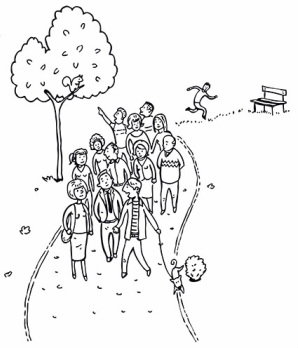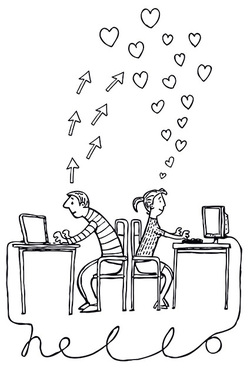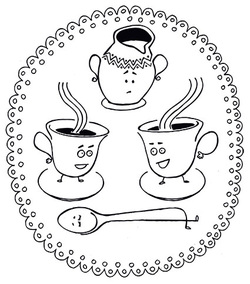
The idea is that when you are outside, under the open skies, you think more creatively than when you are sitting in a conference room.
There are several variants of this method. The aim is to release creativity and acquire lots of ideas from the participants in the group. This method can be used for an invited, selected group of about 10-30 participants. What walks have in common is that you walk around in a group and stop at certain points that were selected beforehand, either by the leaders of the walk or by the participants. You stop at those points, either to discuss right there and then, or to take down notes for a discussion afterwards.
A way of using this method is that politicians/officials meet citizens “on the street”, walk along and meanwhile ask questions on the basis of an issue/subject, from a fixed form/questionnaire or suchlike. The answers are taken down as you go along. Politicians and officials compile the results and then present an analysis seminar. The material is used in the continued work on the issue/subject. The results are fed back and presented to the general public in an announcement or in another way as declared to the interviewees. It is important to decide the issue beforehand, with programme, agenda and place. The feedback should also be arranged before you meet the citizens. This method is not a detailed analysis of an issue; it should rather be regarded as a consultation method. Time is required for preparations, performance and the follow-up work with seminars for an analysis of the results. (SALAR)
There are several variants of this method. The aim is to release creativity and acquire lots of ideas from the participants in the group. This method can be used for an invited, selected group of about 10-30 participants. What walks have in common is that you walk around in a group and stop at certain points that were selected beforehand, either by the leaders of the walk or by the participants. You stop at those points, either to discuss right there and then, or to take down notes for a discussion afterwards.
A way of using this method is that politicians/officials meet citizens “on the street”, walk along and meanwhile ask questions on the basis of an issue/subject, from a fixed form/questionnaire or suchlike. The answers are taken down as you go along. Politicians and officials compile the results and then present an analysis seminar. The material is used in the continued work on the issue/subject. The results are fed back and presented to the general public in an announcement or in another way as declared to the interviewees. It is important to decide the issue beforehand, with programme, agenda and place. The feedback should also be arranged before you meet the citizens. This method is not a detailed analysis of an issue; it should rather be regarded as a consultation method. Time is required for preparations, performance and the follow-up work with seminars for an analysis of the results. (SALAR)


 RSS Feed
RSS Feed
